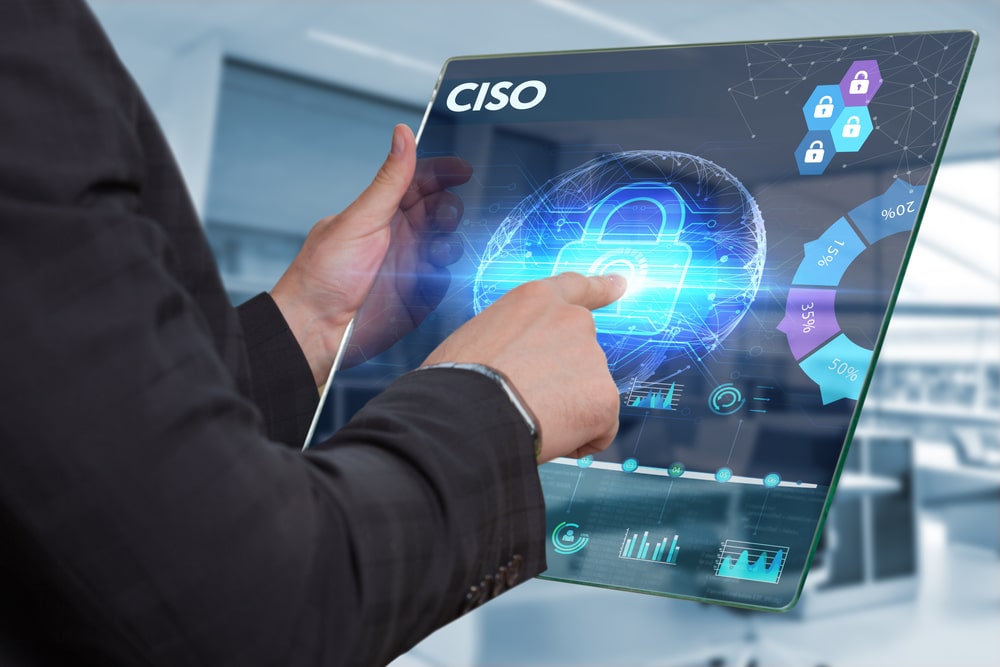How CISOs can get their good days back

The recent reminder of the importance of basic hygiene has been glaring not only within the physical world, but also the cybersecurity one. Chief Information Security Officers (CISOs) understand this more than most, given the sudden surge in remote work and additional threats this has brought to their organizations. Because so many people have started working from home, corporate perimeters have expanded in a way that many security professionals were not prepared to manage but must now understand in order to effectively safeguard their organizations.
With pundits anticipating a lasting impact on the way we work brought on by the pandemic, CISOs must consider all of the necessary steps to manage cyber risk in what could be the "new normal." And, like nearly anyone following social distancing guidelines right now, a good CISO understands that good security is built on a foundation of good, basic hygiene.
Getting back to the basics
In many ways, a physical virus like COVID-19 can be compared to a computer virus. Most notably, just as the pandemic has reminded everyone of the importance of basic hygiene, now is the time for CISOs to also get back to the basics. This includes installing patches when they’re released, verifying software configurations, securing open ports and offering cybersecurity education programs to employees and users.
And in a similar way that a physical virus spreads through physical interaction, a computer virus spreads through virtual interaction. Threat actors identify a single point of access and then have the ability to move across interconnected networks to find their intended victim. CISOs and their teams need to detect and prevent this movement, similar to the way humans can prevent the spread of COVID-19 by staying at home and social distancing.
But blocking threat actors is only one way to protect an organization and its employees. To successfully prevent these attacks, it’s important for CISOs to understand how their networks are connected and where risk is most likely to take place -- just as government and healthcare workers must understand where in the world COVID-19 is most concentrated to prioritize their efforts. With this understanding, CISOs will know where to place their resources as a way to reduce risk.
Remote work networks don’t have to ruin an organization's good health
As with a virus in the physical world, it’s important to determine where a cyber threat can further spread -- now more than ever, given the surge in remote work. Because corporate endpoints share networks with a huge number of vulnerable devices (such as cell phones, smart TVs and tablets), they are more likely to be attacked than if they were connected to an in-office corporate network.
Recent research shows that remote office networks people are on when working from home are 3.5 times more likely to have at least one family of malware, and more than 25 percent of home devices have one or more services exposed on the Internet.
Mapping the network to identify each vulnerable endpoint is the first step in reducing the risks a CISO’s organization faces. In order to fully mitigate this risk, CISOs must identify vulnerabilities and threats on the IP addresses typically associated with remote operating environments. This way, security teams can understand what they’re dealing with and do what they can to lessen the risk the wider corporate network is facing.
Adaptation is key
As remote work is likely here to stay, threat actors will continue to be on the prowl. In order to combat this, CISOs must first get back to the basics by implementing patching practices and educating their organization’s employees. Understanding the remote networks these employees are operating on by gaining visibility and assessing the risk they pose to the corporation as a whole is paramount. While the current pandemic brings with it choppy waters for cybersecurity professionals to navigate, these steps will put CISOs on the right track to mitigating any potential issues their company may face amid our new business normal.
Photo credit: Den Rise / Shutterstock
 Jake Olcott is Vice President, Communications and Government Affairs at BitSight. He previously managed the cybersecurity consulting practice at Good Harbor Security Risk Management. Prior to Good Harbor, Jake served as legal advisor to the Senate Commerce Committee, and also served as counsel to the House of Representatives Homeland Security Committee.
Jake Olcott is Vice President, Communications and Government Affairs at BitSight. He previously managed the cybersecurity consulting practice at Good Harbor Security Risk Management. Prior to Good Harbor, Jake served as legal advisor to the Senate Commerce Committee, and also served as counsel to the House of Representatives Homeland Security Committee.
